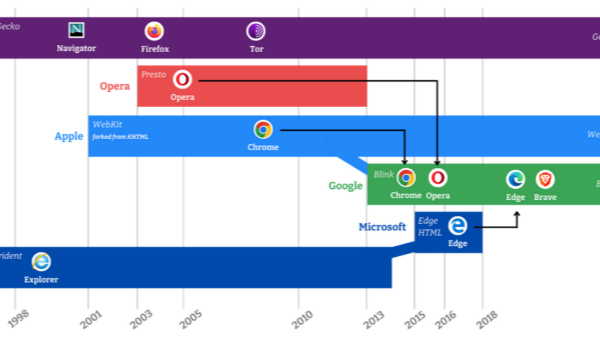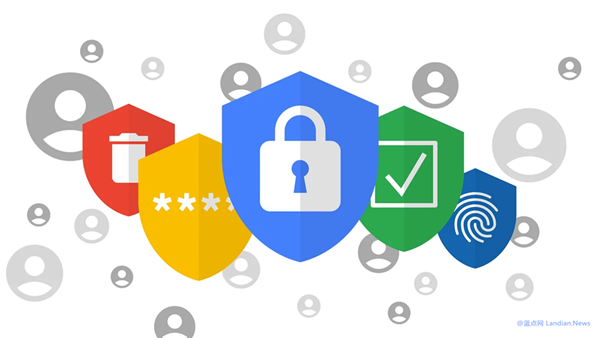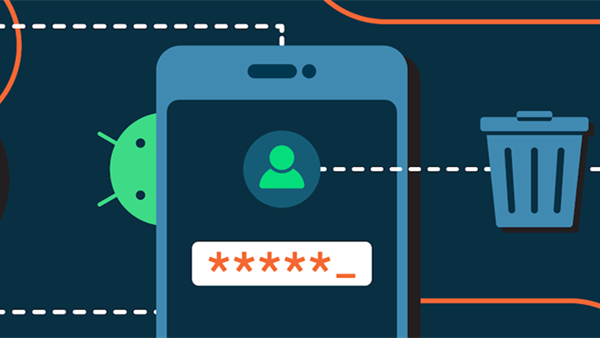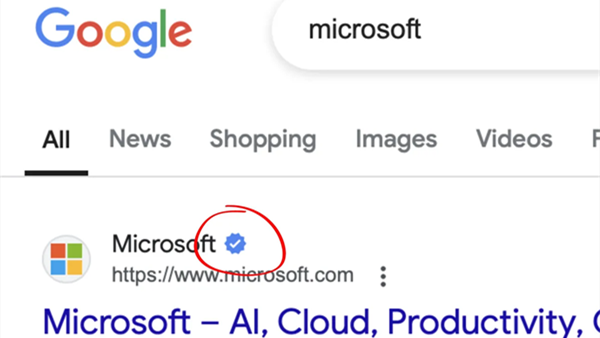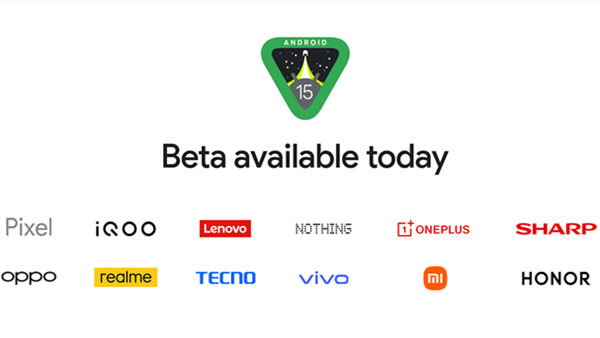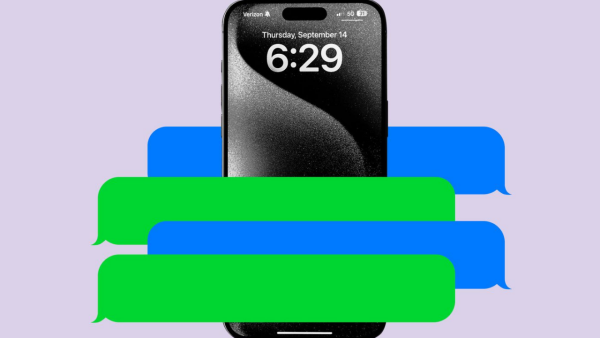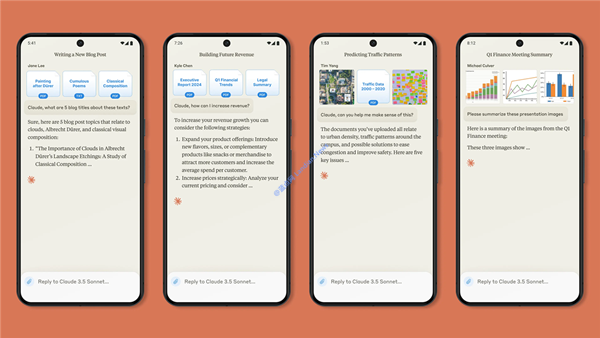Android will support eSIM transfer without the need to unregister and re-register.
Android to Support eSIM Transfer without Cancelling Registration for Enhanced User Experience
After Apple removed physical SIM card slots in iPhones and started using eSIM, many markets around the world quickly adopted eSIM. Of course, the use of eSIM became more common in the United States. In the foreseeable future, physical SIM cards will inevitably be replaced.
Unlike Apple, the Android system has to deal with a large number of OEMs, each with different decisions, and cannot make all OEMs support eSIM and cancel physical SIM simultaneously.
However, Google is also preparing to optimize Android eSIM as much as possible. Google also believes that eSIM will inevitably replace SIM, so being prepared in advance is always better.
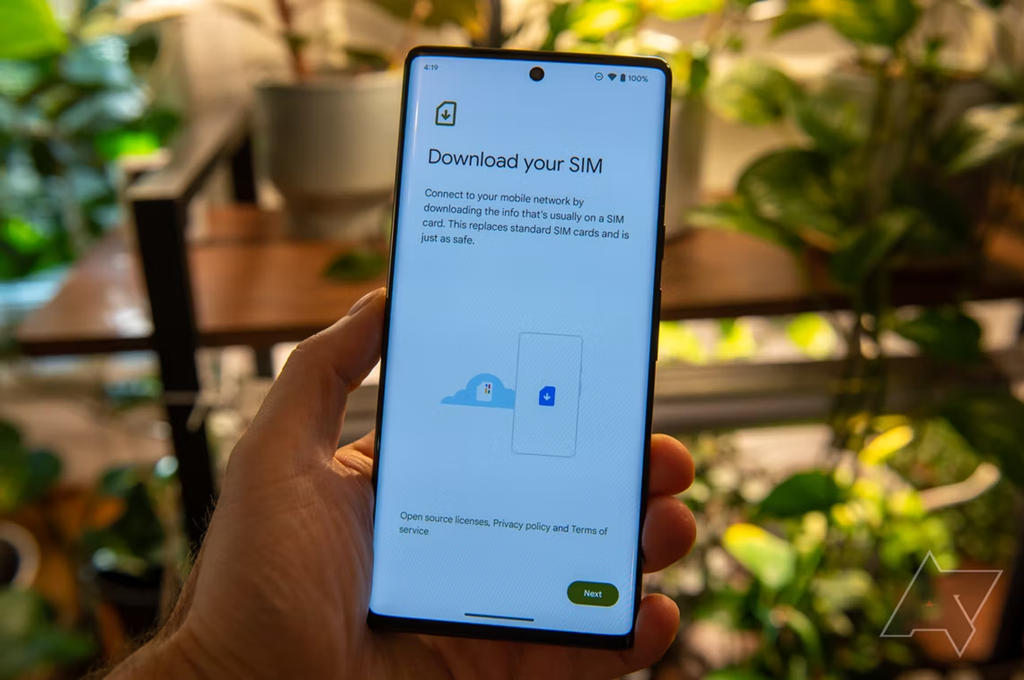
Direct Transfer of eSIM Configuration Profile:
The current eSIM usage process is to first register with the carrier and then activate it on the phone. After activation, the phone has a configuration file for this number that can be used.
If users want to migrate, they need to first cancel the registration on this phone, and then re-register on the new phone. During this period, they may also need to contact the carrier for confirmation, which is obviously more troublesome.
Therefore, Google plans to introduce a new feature to directly transfer the configuration file, without the need to go through the tedious process of canceling and re-registering.
Google stated that it will launch eSIM transfer function in Android in 2023. It is not yet clear whether it will be supported in Android 14 or whether Google will provide this feature to Android 13 through updates.
Google has already discussed with Deutsche Telekom, which will be one of the first carriers to support the direct transfer of eSIM configuration files.
Android 14 will definitely support this:
The relevant code for eSIM transfer of configuration files can already be found in the Android 14 DP version. However, considering the coverage speed of the Android system, it is not known when OEMs will update the system to provide this feature.
If Google can provide system updates through Google Play that bring this feature to older versions of Android, that would be the best. At least users with phones running the native Android version can directly receive Google updates.

